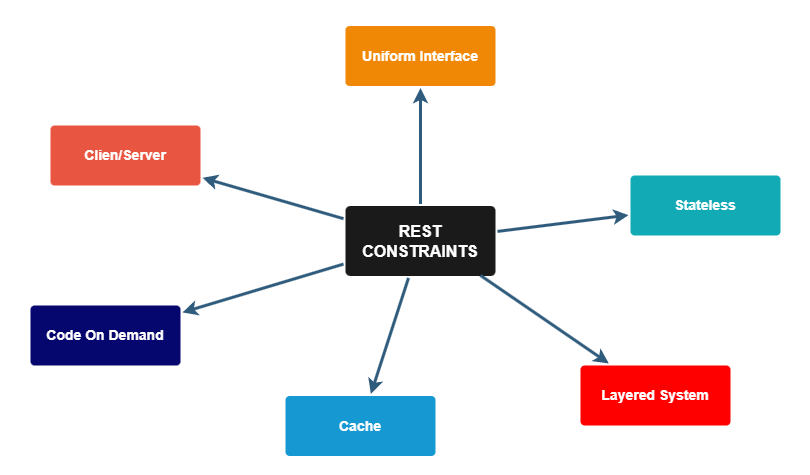Introduction

WiRL is an attempt to write a simple REST library in Delphi using the new features of the language (such as generics, anonymous methods, attributes, record helpers and so on).
JAX-RS
WiRL it's inspired by the Java API for RESTful Web Services (JAX-RX), the "de facto" standard in the Java world to build a REST API.
The goals of the JAX-RS API (and therefore also WiRL) are:
POJO-based: To provide a collection of classes and associated annotations to be used with POJOs (Plain Old Java Object) so as to expose them as Web resources.HTTP-centric: To use HTTP as the underlying network protocol and provide a clear mapping between HTTP and URI elements and the corresponding API classes and annotations.Content Negotiation: To be applicable to a wide variety of HTTP entity body content types and provide the necessary pluggability to allow additional types to be added.
The main components of a JAX-RS (and WiRL) are:
- MessageBody Readers & Writers (Clients & Servers)
- Filters (Clients & Servers)
- Annotations (Attributes)
- POJO for resources
- Serializer Engine for Entities
- HTTP verbs as actions
- Pluggable Auth
WiRL Main Features
WiRL wants to be a standard and clean way to build true RESTful services adhering to the famous 6 constraint of the REST Architecure:

- Client/Server
- Stateless
- Cache
- Uniform interface
- Layered system
- Code on demand (optional)
if your service adopts the above constraints, it will benefit from the following properties:
- Scalability of components
- Reliability in the resistance to failure
- Visibility of communication between components
- Simplicity of a uniform interface
- Portability of components by moving program code with the data
- Modifiability of components to meet changing needs
- Performance in component interactions
The main feature of WiRL is the mapping of a Delphi class in a web resource using some attributes.
[Path('customers')]
TCustomerResource = class
public
[GET]
[Produces('TMediaType.APPLICATION_JSON')]
function SelectCustomers: TCustomerList;
[POST]
[Consumes('TMediaType.APPLICATION_JSON')]
[Produces('TMediaType.APPLICATION_JSON')]
function InsertCustomer(ACustomer: TCustomer): TCustomer;
end;Every class decorated with the [Path] attribute and registered in the TWiRLResourceRegistry is a web resource associated with a specific path. The input parameters of the methods are read from the HTTP request, WiRL try to find the right parameter value using some built-in attributes: [PathParam], [QueryParam], [BodyParam] and many others. Then inject the correct value into the parameters. If the parameter type is an object WiRL try to build the object using a Message Body Reader a special customizable class factory. The result type is handled in the same way but with a Message Body Writer.
